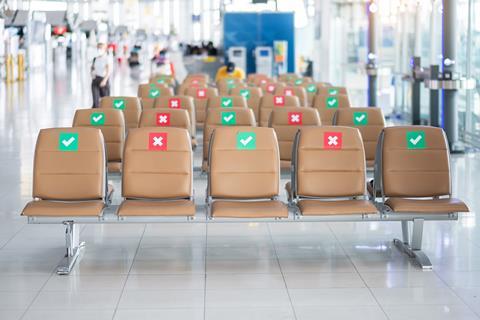While there have been “positive” steps taken to establish travel bubbles and essential travel ‘green lanes’ in the Asia-Pacific region, more can be done to better coordinate an air travel recovery amid the coronavirus crisis.
Releasing its traffic data for September, the Association of Asia Pacific Airlines (AAPA) doubled down on its call for governments to help their carriers and to implement “consistent and coordinated” measures to restart cross-border air travel safely.

Subhas Menon, AAPA director general, says: “While the establishment of green lanes and travel bubbles in the region is a positive first step, their disparate and restrictive requirements make it difficult for these to take off meaningfully.
He adds: “It is critical that governments implement consistent and coordinated measures based on objective risk assessment to help restore confidence in air travel.”
September continued to be a difficult month for AAPA member carriers, with the AAPA noting that international passenger and cargo demand remained at “markedly depressed levels, with no recovery in sight”.
Asia-Pacific airlines carried only 1.1 million international passengers in September, representing a 96% plunge from the same month last year. The figure was a slight uptick compared to August’s figure of 1 million passengers.
International RPKs for the month fell nearly 96% year on year, while ASKs for the month declined 89% compared to 2019.
International passenger load factor remained depressed, at 31.7%, nearly 47 percentage points lower year on year.
On the cargo front, the airlines saw demand decline 17.5% year on year, while capacity slipped by nearly 30%.
“Whilst manufacturing conditions further improved globally, some Asian economies continue to face weakness in exports,” the AAPA states.
On the September traffic results, Menon adds: “Airlines are struggling to survive as international air travel remains severely curtailed by onerous travel restrictions. Without recapitalisation or fund injections, several of the region’s carriers face an existential threat. Thousands of aviation jobs are already lost, with more at risk.”














































